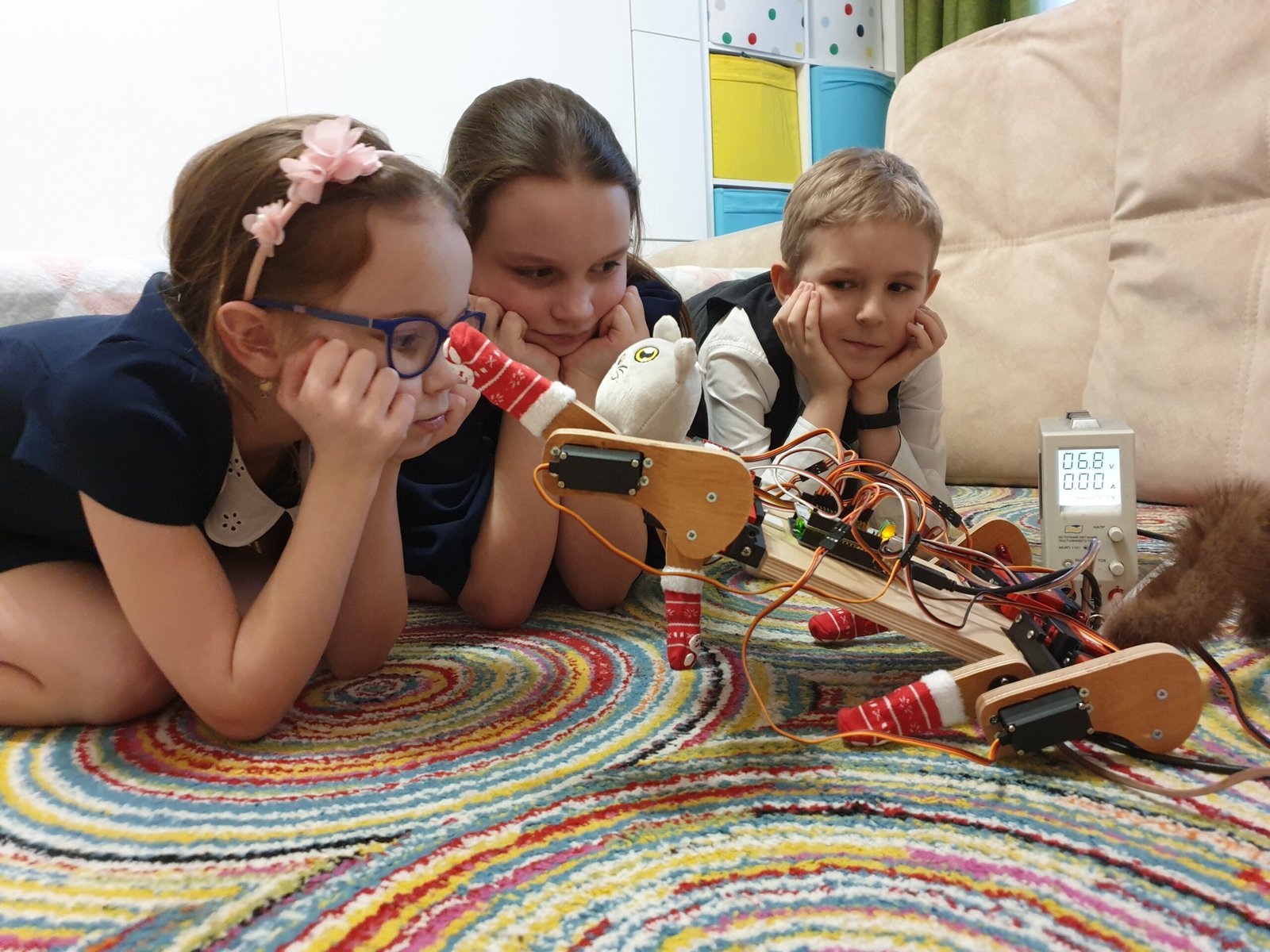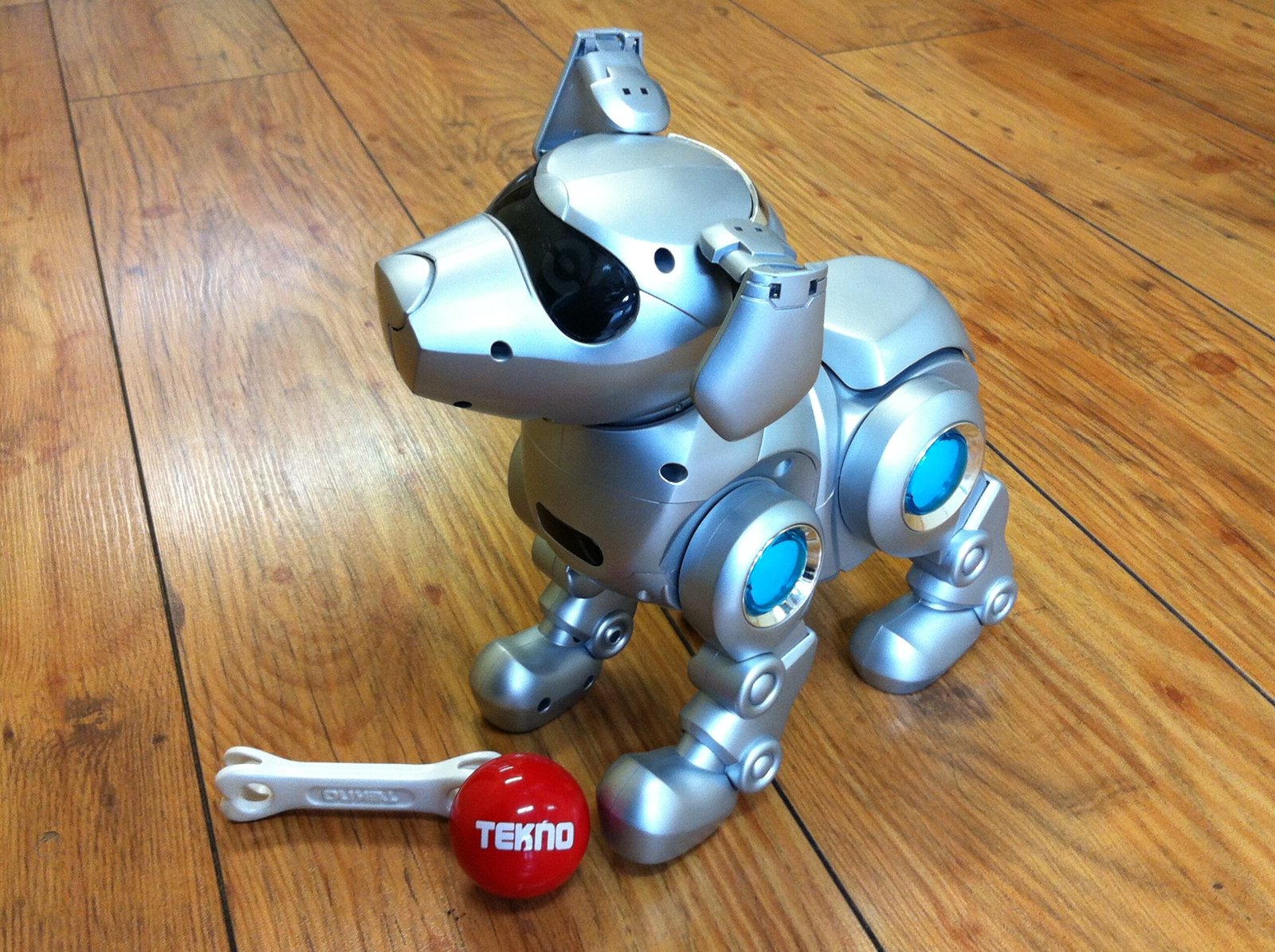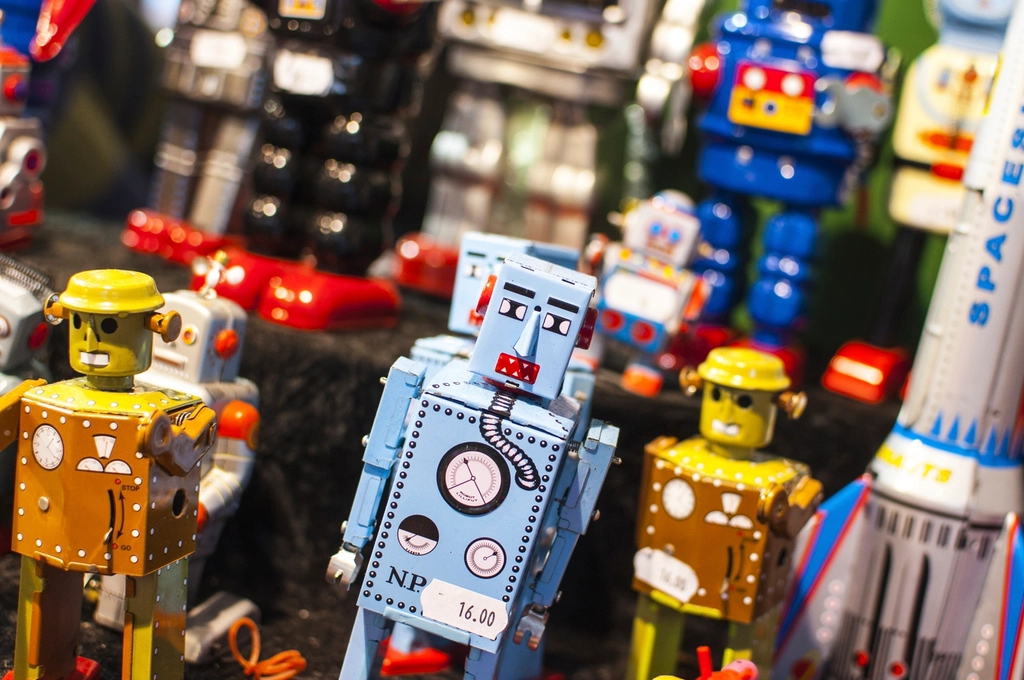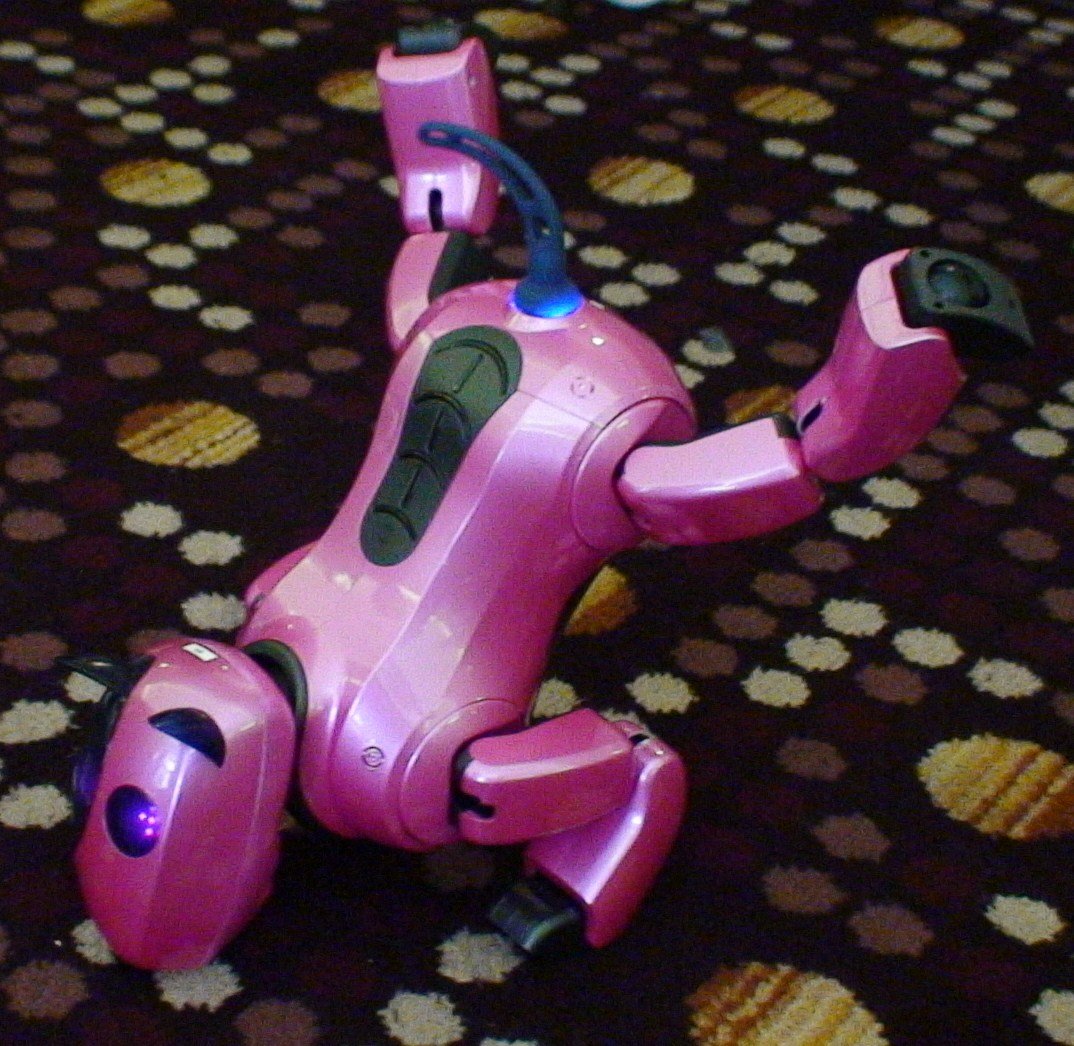Imagine coming home after a long day to your loyal dog or curious cat, only to find them staring listlessly at the door, waiting for your return. The guilt tugs at your heart—what if your pet’s loneliness runs deeper than you thought? In a world where technology touches every corner of our lives, inventors now offer a wild promise: robot companions designed to keep our furry friends company. But can machines really fill the gap when humans aren’t around? The idea is both fascinating and a little unsettling. As more pet owners turn to these high-tech solutions, the question lingers—do robot companions truly work, or are we just fooling ourselves and our pets with mechanical stand-ins for love?
The Rise of Pet Loneliness in Modern Life
Urban living and packed schedules mean pets spend more time alone than ever before. Dogs and cats, social animals at heart, can become bored or anxious when left in empty apartments for hours. Separation anxiety, destructive behavior, and even depression have been reported in pets missing their humans. This modern dilemma has driven pet owners to search for creative ways to ease their furry friends’ solitude. The rise in single-person households and dual-income families only heightens the challenge, making loneliness a silent epidemic in the pet world. It’s not just convenience—owners genuinely worry about their companions’ wellbeing. The urgency to address loneliness has sparked innovation and opened the door for robotic solutions.
What Are Robot Pet Companions?

Robot pet companions are interactive devices designed to stimulate, entertain, and comfort pets when humans aren’t home. These gadgets range from rolling balls that dart around the living room to plush robots that mimic animal behavior. Some even have cameras and speakers, letting owners check in and chat with their pets remotely. The technology behind these devices is surprisingly sophisticated—think artificial intelligence, motion sensors, and even treat dispensers. The goal is simple: to keep pets mentally and physically engaged, reducing stress and boredom. Unlike toys, these robots respond to a pet’s actions and adapt, creating a sense of interaction. The hope is that robots can fill at least some of the void left by absent humans.
How Do Robot Companions Interact with Pets?

A robot companion doesn’t just sit idly by; it moves, reacts, and sometimes even “talks” to your pet. Movement is a big draw—rolling, bouncing, or zigzagging across the floor, robots entice pets to chase or pounce. Squeaky sounds, simulated animal noises, or flashing lights grab a pet’s attention and spark curiosity. Some robots are equipped with sensors to detect a pet’s presence, prompting them to activate when your pet approaches. Others use algorithms to “learn” a pet’s favorite games or respond to barking and meowing. The interaction isn’t just random; it’s meant to mimic the playful, unpredictable nature of animal behavior. For pets, this can mean hours of fun and a break from the monotony of solitude.
Scientific Research: Do Pets Really Respond?
Several studies have explored whether pets actually engage with robotic companions. In trials with dogs, robots that moved erratically or dispensed treats captured attention and encouraged play. Cats, often more skeptical, were drawn to robots with feathers or unpredictable motions. Heart rate monitors and behavior logs showed that some pets experienced reduced signs of anxiety after sessions with robot playmates. However, results vary widely between individual animals. Some pets warm up quickly, while others remain wary or ignore the device altogether. The science is still young, but early findings suggest that robot companions can, at least in some cases, make a positive difference in pet mood and activity levels.
Types of Robot Pet Companions on the Market

The market now offers a dizzying array of robot companions tailored to different pets and personalities. For dogs, there are robotic balls, moving bones, and interactive treat dispensers that encourage chasing and problem-solving. Cat owners might choose robots with fluttering feathers or laser pointers that dart around unpredictably. Some devices are plush, designed to be cuddled and “purr” or vibrate like a real animal. The most advanced models include cameras, microphones, and even remote control features so owners can play with their pets from afar. Each type targets specific needs—exercise, mental stimulation, or simple companionship. The variety ensures there’s something for every pet, from energetic puppies to laid-back senior cats.
The Emotional Impact on Pets
Pets crave connection, and loneliness can have real emotional consequences. Robot companions aim to fill the emotional gap, but can a machine truly offer comfort? Some dogs visibly perk up, wagging their tails and barking joyfully at a robot’s antics. Cats may stalk and bat at a robotic toy, their hunting instincts triggered. Yet, robots lack scent, warmth, and the subtle cues of a living being. For many pets, the novelty of a robot brings excitement, but it rarely matches the comfort of a human touch or familiar voice. While robots can distract from loneliness and ease anxiety for some, they’re unlikely to replace genuine emotional bonds. Still, for pets with no other option, a robot may be better than silence and stillness.
Real-World Success Stories
Pet owners around the world share stories of robots transforming their pets’ daily lives. One woman in Tokyo credits a robotic ball with ending her dog’s destructive chewing habits. A family in New York says their shy rescue cat came out of her shell thanks to a plush purring robot. Shelters have started using robotic toys to comfort anxious animals, noting calmer behavior and increased adoption rates. These anecdotes, echoed in online forums and videos, reveal a common theme: robots can bring joy, curiosity, and relief to lonely pets. Of course, not every story is a triumph—some pets snub the robots entirely. But when it works, the transformation can be heartwarming and surprising.
Limitations and Potential Drawbacks
Despite the promise, robot pet companions have clear limitations. Some pets are frightened by the unfamiliar sights and sounds, retreating or even attacking the device. Others grow bored quickly, once the novelty wears off. Technical glitches—battery failures, software bugs, or poor construction—can frustrate both pets and owners. There’s also the risk of small parts breaking off and becoming choking hazards. And while robots can offer entertainment, they can’t provide the warmth, smell, or unconditional love that pets crave. For some animals, robots might even highlight the absence of their owners, rather than soften it. These drawbacks remind us that technology, while helpful, is no substitute for human care and attention.
Comparing Robots to Traditional Toys and Human Interaction
Traditional toys like balls, ropes, and squeaky mice have long entertained pets. Unlike robots, these toys rely on a pet’s imagination and physical effort. Human interaction, on the other hand, brings unpredictability, affection, and a unique bond that no robot can replicate. Robots offer a middle ground—more interactive than static toys, but less emotionally rich than a human’s presence. Some pets thrive on the challenge of a robotic game, while others prefer simple, familiar playthings. The best experiences often combine all three: robots for when the owner is away, toys for solo play, and humans for laughter and love. It’s a balancing act, with each piece playing a role in a pet’s happiness.
The Technology Behind the Bots
Underneath their playful exteriors, robot companions are marvels of modern engineering. Tiny motors power wheels and limbs, while sensors detect sound, movement, or touch. Artificial intelligence programs allow some robots to “learn” a pet’s behavior, adjusting their actions for maximum engagement. Cameras and microphones let owners interact remotely, while treat dispensers provide positive reinforcement. Some even connect to smartphones, offering updates on your pet’s activity and wellbeing. The technology is evolving rapidly, with each new generation becoming smarter, safer, and more responsive. It’s an exciting glimpse into a future where machines and animals might share a surprising kind of friendship.
Are All Pets Suitable for Robot Companions?
Not every animal takes to a robot with open paws. Individual temperament plays a huge role—bold, curious pets are more likely to investigate new gadgets, while shy or cautious animals might hide. Age matters, too; playful puppies and kittens tend to engage more than elderly pets who prefer peace and quiet. Some breeds are naturally more interactive, while others value independence. Even within the same household, one pet may adore a robot while another ignores it completely. Owners should observe their pets’ reactions carefully and introduce robots gradually. It’s important to remember that what delights one animal might distress another, so personalization and patience are key.
Ethical Considerations: Are We Replacing Ourselves?
As robot companions become more lifelike, a nagging question emerges: are we shirking our responsibility by relying on machines? Some critics argue that robots let owners off the hook, replacing quality time with a gadget. There are concerns about pets forming attachments to objects that can’t truly reciprocate. Others worry about the psychological effects—will pets become more anxious if the robot “friend” is suddenly removed or breaks? On the other hand, many see robots as a helpful supplement, not a replacement, for human care. The ethical debate is complex and evolving, reflecting our changing relationship with both animals and technology.
Cost and Accessibility

Robot pet companions range from affordable to eye-wateringly expensive, depending on features and technology. Basic models might cost no more than a few weeks’ worth of treats, while advanced bots with AI and cameras can run into the hundreds of dollars. For some pet owners, the price is a worthwhile investment in their animal’s happiness. For others, the cost is prohibitive, or simply not justified compared to traditional toys. Accessibility is improving as technology gets cheaper, but there’s still a gap between what’s available and what most people can afford. Some shelters and veterinary clinics are starting to offer robots for animals in their care, hinting at a more inclusive future.
Future Innovations: What’s Next?

The world of robot companions is evolving at lightning speed. Engineers are experimenting with softer materials, more realistic movements, and even scent emitters to make robots more appealing to pets. Advanced AI may soon allow robots to recognize individual animals, remember preferences, and even adapt to changes in mood or health. Some researchers are exploring robots that can “talk” to pets using species-specific sounds or body language. The hope is that future generations of robots will be safer, smarter, and more emotionally attuned. The possibilities are as boundless as a puppy’s energy—what seems like science fiction today could be reality tomorrow.
Tips for Introducing Robots to Your Pet
Bringing a robot into your pet’s world should be done thoughtfully. Start by letting your pet sniff and observe the device while it’s turned off. Gradually introduce movement and sound, watching closely for signs of fear or curiosity. Use treats and praise to create positive associations, but don’t force interaction if your pet seems stressed. Allow your animal to set the pace—some may dive right in, while others need days or weeks to warm up. Supervise early play sessions to ensure safety, especially with pets that tend to chew or dismantle toys. Patience and encouragement are the best tools for a successful introduction.
Voices from the Veterinary Community

Veterinarians are cautiously optimistic about robot companions. Many see potential benefits for pets suffering from separation anxiety or boredom, especially when human companionship isn’t possible. However, they stress that robots should never replace essential care or regular interaction. Some vets recommend robot toys as part of a broader enrichment plan, alongside training, exercise, and environmental changes. There are also warnings: not all devices are safe for all pets, and some animals may react negatively. Regular checkups remain crucial, as loneliness can be a sign of underlying health issues. The consensus is that robots are a tool—not a cure-all—for lonely pets.
What Do Pet Owners Really Think?
Ask ten pet owners about robot companions, and you’ll get ten different answers. Some rave about the joy and stimulation robots bring, especially for high-energy animals. Others admit their pets ignored the gadgets or even seemed annoyed by them. A few express guilt, worrying that they’re “cheating” their pets out of real companionship. Yet, many owners see robots as a lifesaver for busy days or unexpected absences. There’s no single right answer—just a spectrum of experiences shaped by each pet’s personality and needs. The best advice often comes from those who’ve tried, failed, and tried again, learning what works for their unique furry friend.
A New Era of Pet Companionship?

As technology and animal care collide, the line between science fiction and reality blurs. Robot companions for lonely pets are no longer just a novelty—they’re a growing part of how we care for our animal friends. Their ability to entertain, comfort, and connect with pets is still evolving, shaped by both promise and limitations. For some pets, robots open a world of curiosity and play; for others, nothing can replace the touch of a human hand. The future holds endless possibilities, but one thing is clear: our desire to keep pets happy, even when we’re not there, is as strong as ever. What do you think—would your pet embrace a robot friend, or turn up their nose at this new high-tech companion?




